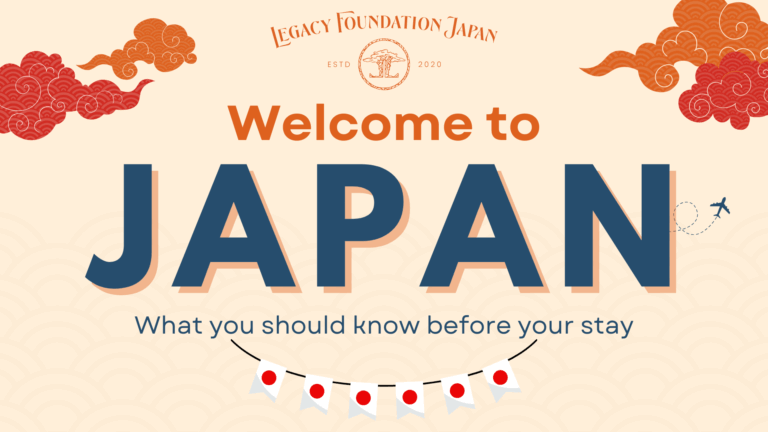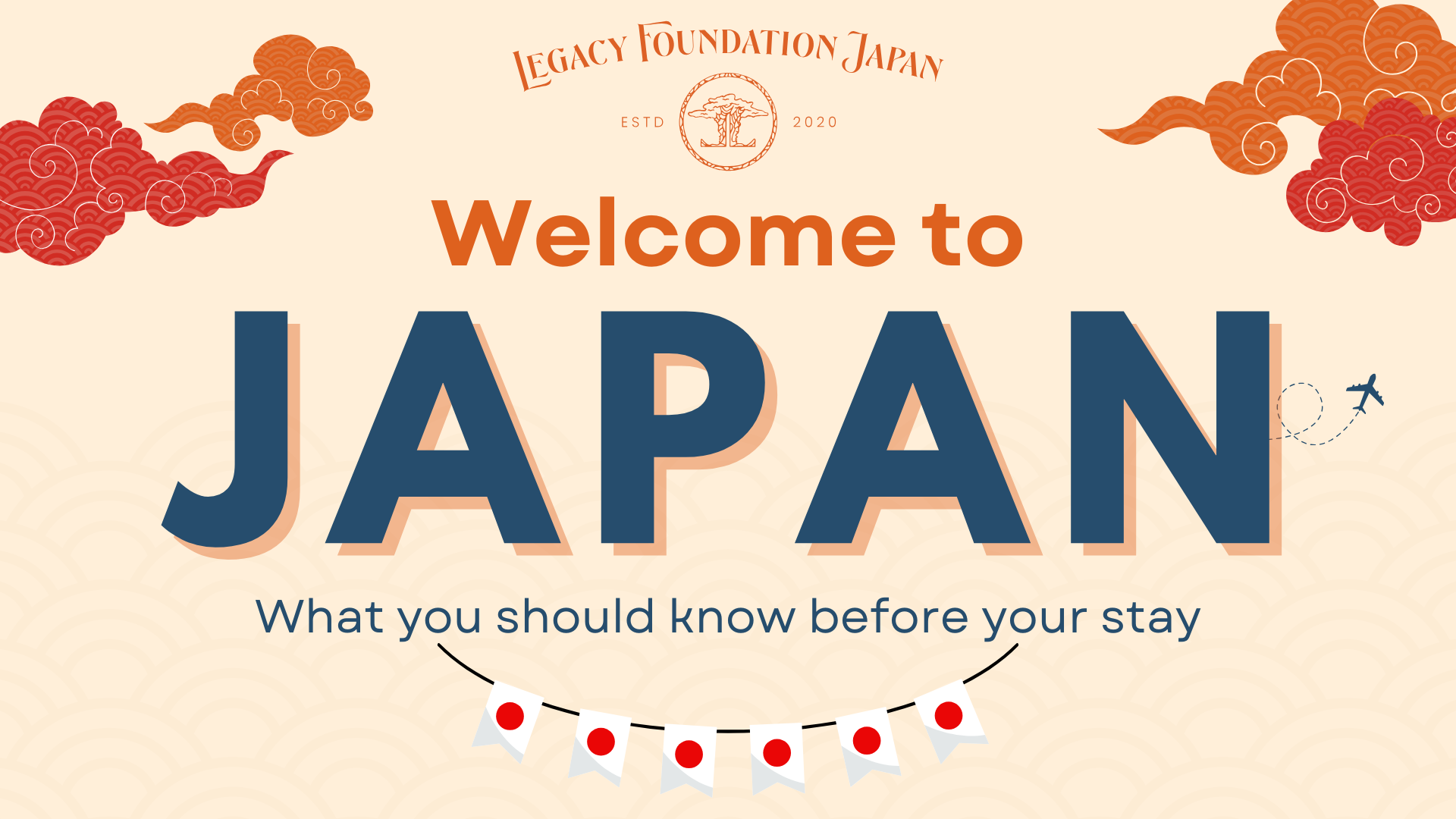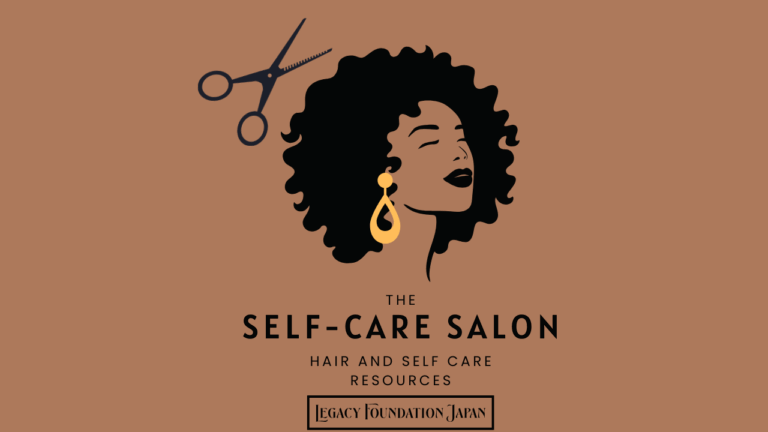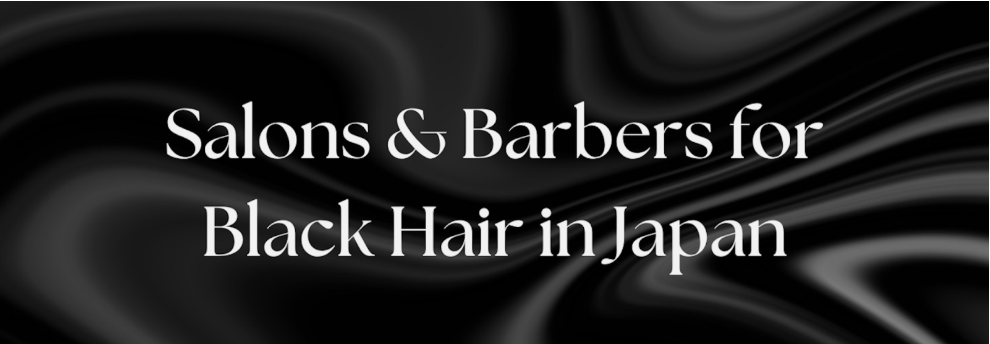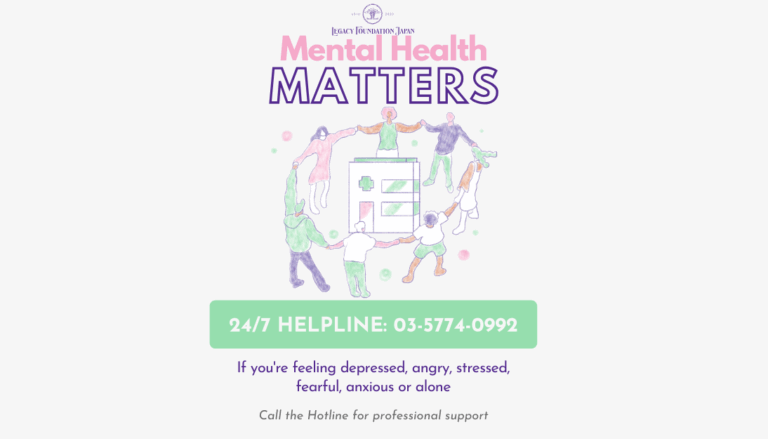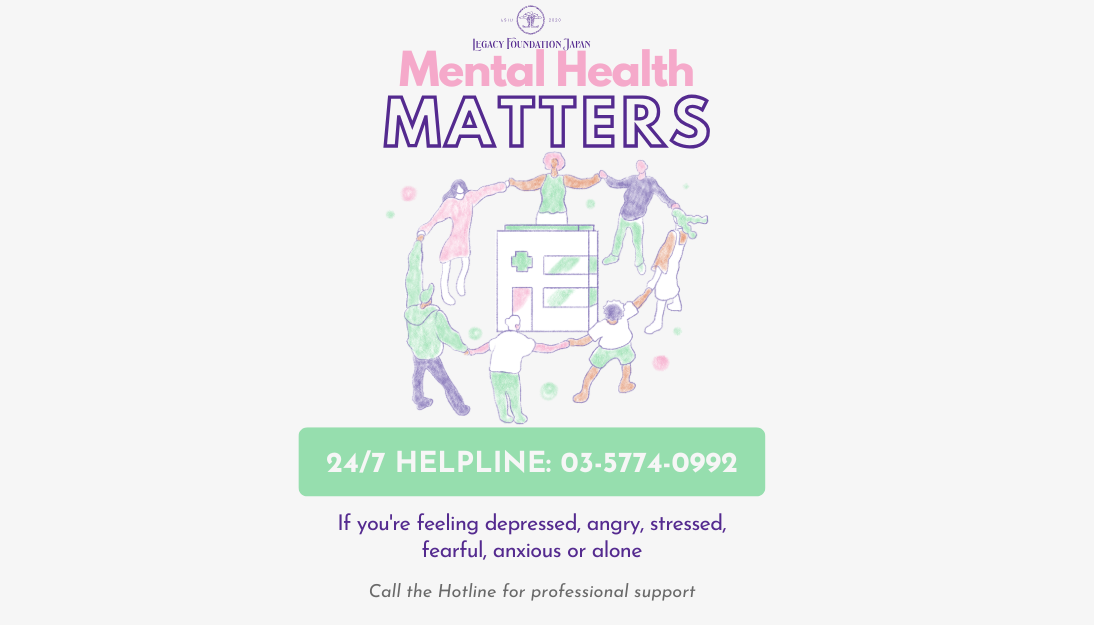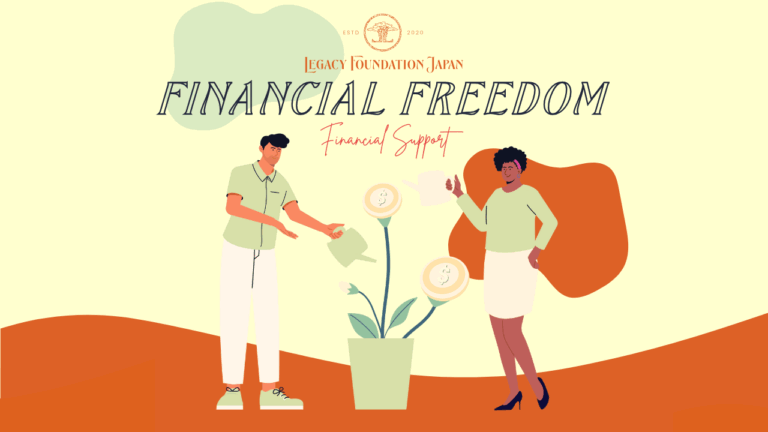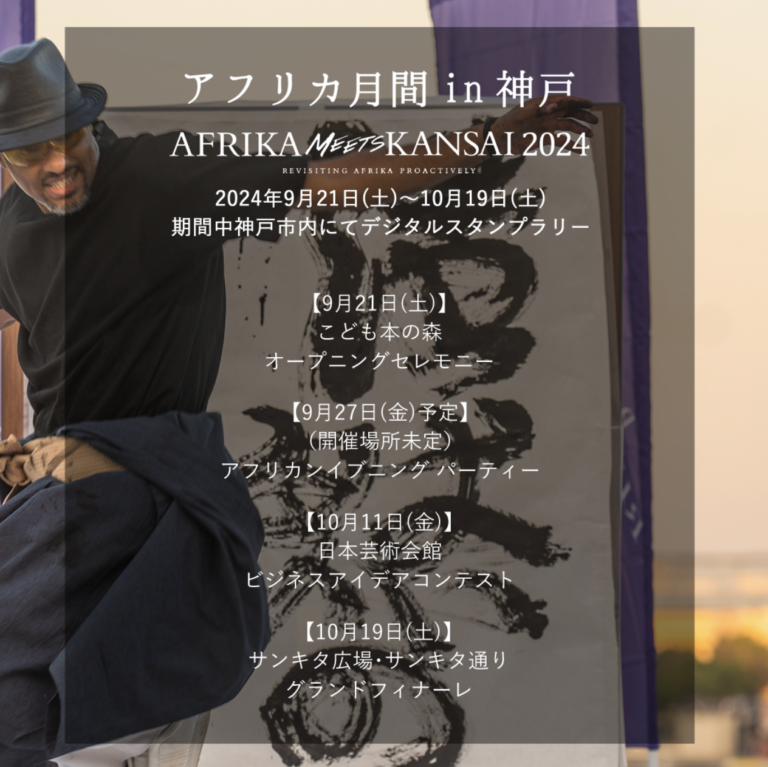Welcome to Japan!: A Quick Guide to Culture, Courtesy, and Common Sense
Let’s Talk About It – February’s Mental Health Events
February is here, and we’ve kicked off the year with a powerful start!
Last month, our first Let’s Talk About It session on Suicide Prevention brought together a diverse community, united in breaking stigma and gaining tools to support those in need.

January Recap: Suicide Prevention Talk
We were honored to have Jatuan Smith and Mario Long lead the conversation, offering deep insights into mental health awareness and intervention strategies. Here’s what made this event special:
-
Expert Insights: Our speakers provided thoughtful perspectives on mental health challenges and actionable steps for support.
-
Interactive Discussions: Participants shared experiences and strategies to help break down barriers around mental health conversations.
-
Empowering Resources: Attendees left with practical tools to recognize distress signals, foster empathetic dialogue, and connect those in need to professional help.
Thank you to everyone who attended and contributed to this meaningful conversation!
Upcoming Events: February Calendar

Mark your calendars! We’re excited to keep the conversation going with more insightful and engaging events this month.
🎶 February 15 | Grown and Sexy Night
A special night for mature vibes, smooth tunes, and meaningful connections.
🎤 February 21 | Legacy Lounge Presents: Comedy Night
Laughter is the best medicine—join us for a night of humor, community, and fun!
🧠 February 22 | The Four Lenses Personality
A guided discussion designed to help attendees gain deeper self-awareness and understand how different perspectives shape our interactions and mental well-being.
How to Support
Your support helps us continue providing workshops, resources, and events that make a difference in the lives of foreign residents in Japan.
You can Donate here.
Warm regards,
The Legacy Foundation Japan Team
Let’s Talk About It: Highlights from Our Recent Suicide Prevention Talk
The Let’s Talk About It initiative by the Legacy Foundation Japan recently launched its first talk, focusing on Suicide Prevention. This impactful event brought attendees together to address the stigma around mental health and provided practical strategies for recognizing and supporting those in need.

Event Highlights:
- Expert Insights: Jatuan Smith and Mario Long delivered heartfelt and informative talks, breaking down complex issues surrounding mental health into actionable steps.
- Interactive Discussions: Attendees engaged in meaningful conversations, sharing personal experiences and strategies to combat stigma.
- Empowering Resources: Participants walked away with practical tools to recognize signs of distress, approach sensitive conversations with empathy, and connect others to the support they need.

Mark your Calendars: We’re excited to announce our next event: The Four Lenses Chat on February 22 at 6:30 PM. Join us as we continue the conversation and create safe spaces for healing and support.
About Let’s Talk About It The Legacy Foundation Japan’s Let’s Talk About It initiative fosters safe spaces for mental health discussions through workshops, resources, and events, building a stronger, more supportive community. These monthly talks are carefully designed to provide a sense of community, foster meaningful connections, and offer valuable resources for everyone.
How to Support
Your donations helps us provide vital mental health support and resources for foreign residents in Japan. You can Donate here.
From Beats to Bonds: The Comachi Hip Hop Therapy Event
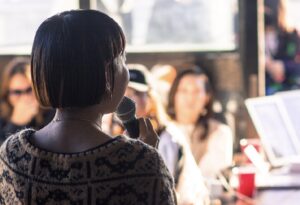
The Let’s Talk About It initiative by the Legacy Foundation Japan recently brought healing and community together at the Comachi Hip Hop Therapy session. Through music, movement, and mental health awareness, the event showcased how hip hop can inspire self-expression and healing.
Comachi Hip Hop Therapy Event
The Comachi event was a vibrant mix of freestyle sessions, mindfulness exercises, and open conversatons. Attendees found new tools for mental health and formed meaningful bonds through the power of music and movement.


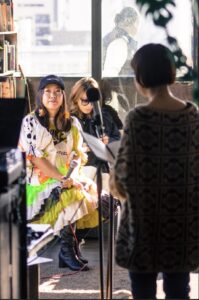
“Relax” by David Whitaker
In partnership with the Hip Hop Therapy Initiative, we introduced “Relax” by David Whitaker—an anthem for mental health awareness. Its smooth beats and uplifting message embody the heart of the campaign.
Stay Tuned
We’re excited to announce our next event: a Suicide Prevention Talk on January 22 at 6:30 PM. Join us as we continue the conversation and create safe spaces for healing and support.
About the Legacy Foundation Japan The Legacy Foundation Japan’s Let’s Talk About It initiative fosters safe spaces for mental health discussions through workshops, resources, and events, building a stronger, more supportive community.
Your donations helps us provide vital mental health support and resources for foreign residents in Japan. You can Donate here.
Happy New Year from Legacy Foundation Japan!
As we welcome a brand-new year, we’re thrilled to share exciting updates and upcoming events that reflect our commitment to growth, connection, and positive impact.

Upcoming Events in January 2025
Saturday, January 11 @ 1:00 PM – 5:00 PM JST
Kototama Cafe: Komachi Event
Location: Legacy Lounge, 2-8-10 Azabujuban Patio, Azabujuban Bldg 9F, Minato-ku, Tokyo, Japan
🎉 Join us for an exciting day filled with community, connection, and purpose. Tickets are just 1500 yen (available at the door), and every purchase directly supports the Let’s Talk About It Mental Health Initiative. 💛✨ Don’t miss this inspiring event!
Wednesday, January 22 @ 6:30 PM – 9:00 PM JST
Let’s Talk About: Suicide Prevention
Location: Legacy Lounge, 2-8-10 Azabujuban Patio, Azabujuban Bldg 9F, Minato-ku, Tokyo, Japan
Join us for an important conversation on suicide prevention, led by experienced therapists. 💬✨ Learn how to recognize warning signs, offer support, and foster open dialogue about mental health. Together, we can make a difference.
Stay Connected
- Follow Us: Stay updated on the latest happenings through our social media channels. @legacyfjp on Instagram
- Join the Conversation: Use the hashtag #Let’sTalkAboutIt #NewYearNewGoals to share your resolutions and experiences with our community.
- Feedback Welcome: Let us know how we can serve you better in 2025. Email us at info@legacyfoundationjapan.com
-
Donate: As we aim to expand our programs in 2025, we invite you to stay engaged by donating, volunteering, or spreading the word.
Thank you for being an essential part of our community. Here’s to a year of growth, connection, and making a difference together!
Warm regards,
Legacy Foundation Team
5 Ways to Boost Your Mental Wellness This Week
Wellness isn’t about perfection; it’s about progress.
Even small actions can create a ripple effect in improving your mental health. Here are five easy ways to prioritize your well-being:
- Breathe to Calm Your Mind Deep breathing reduces stress and helps you focus. Try inhaling for four seconds, holding for four, and exhaling for six. It’s quick, effective, and free!
- Get Moving Physical activity releases endorphins, those feel-good chemicals that elevate your mood. Even a 10-minute walk counts!
- Unplug from Screens Disconnecting from devices for just an hour can refresh your mind and improve sleep.
- Reach Out to Someone Connecting with a friend or loved one can remind you that you’re not alone. Sometimes, a simple “Hey, thinking of you” message can spark meaningful conversations.
- Start a Gratitude Practice Writing down three things you’re thankful for can shift your focus to the positives in life, even on tough days.
Wellness and Community: A Perfect Match
These tips don’t just improve your individual mental health—they also ripple out to the people around you. That’s the mission behind the Legacy Foundation Japan’s “Let’s Talk About It” Mental Health Support Initiative.
Through retreats, counseling, and workshops, we’re creating a space for foreign residents to grow, heal, and connect. But none of this happens without your help.
This Wellness Wednesday, we’re asking you to take action—not just for yourself, but for someone else. By donating to our fundraiser, you’ll directly support programs that change lives.
Together, we can turn small steps into a giant leap for mental health awareness. Donate today. Every effort counts.
Africa Meets Kansai 2024
Don’t miss the 2024 Africa Meets Kansai, from September 21st to October 19th. With their opening event on September 21st, the Soul Disco Party on September 27th, the Business Idea Contest on October 11th and a Grand Finale Fashion Show on October 19th – this event has lots for us to look forward too!
Check out their Website; https://afrikameetskansai.org/
